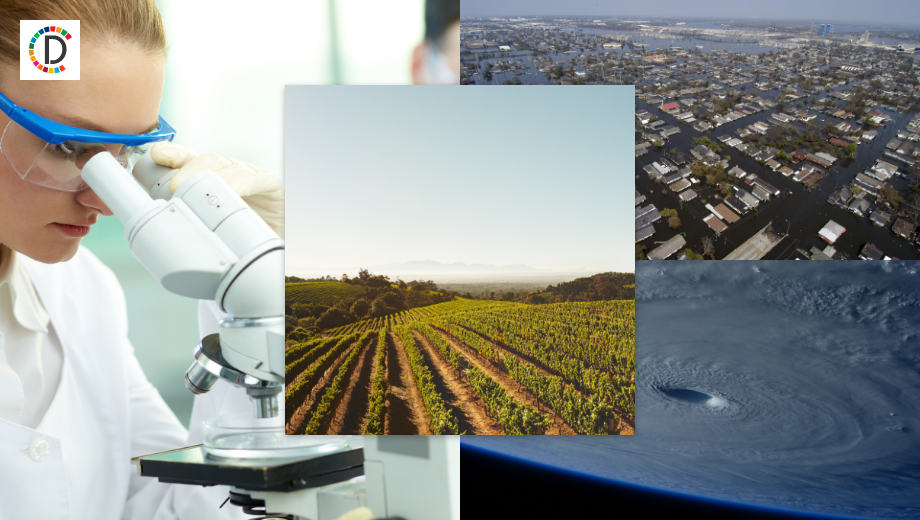Fasal ties up with IMD for research in weather forecast models
Agri-startup firm Fasal on Tuesday said it has signed a pact with India Meteorological Department IMD for research collaboration on weather forecast models to make farming climate-smart.The tie-up is aimed at making day-to-day short-term weather forecasts accessible to farmers, the company said in a statement. A total of 23 radar stations of IMD and about 600 on-ground precision farming devices of Fasal will be harnessed to provide these weather forecasts, it added.

- Country:
- India
Agri-startup firm Fasal on Tuesday said it has signed a pact with India Meteorological Department (IMD) for research collaboration on weather forecast models to make farming climate-smart.
The tie-up is aimed at making day-to-day short-term weather forecasts accessible to farmers, the company said in a statement. A total of 23 radar stations of IMD and about 600 on-ground precision farming devices of Fasal will be harnessed to provide these weather forecasts, it added. Commenting on the partnership, Fasal founder Shailendra Tiwari said, ''This partnership helps us work towards furthering Fasal's mission of making precision farming accessible and affordable to all farmers while removing the guesswork from farming''.
KK Singh, Scientist-G and Head, Agromet Advisory Services Division, IMD, said, ''The powerful hourly forecast data and precipitation nowcasting models being developed with Fasal will be game-changers in equipping farmers with farm-specific crop intelligence, helping them make informed decisions''. As part of the agreement, Fasal and IMD will work closely on research around precipitation forecasting, validation of weather forecasting models, and dissemination of learning to farmers.
The key scope of the collaboration includes an exchange of hourly short-range models for rainfall probability, rainfall amount, temperature, and humidity using historic Internet of Things (IoT) data and hourly forecast data as well as precipitation nowcasting models.
(This story has not been edited by Devdiscourse staff and is auto-generated from a syndicated feed.)
ALSO READ
FOREX-Dollar steady ahead of jobs data; yen hits two-week high
US Treasury Secretary Yellen meets foreign business leaders in China ahead of trade talks
South Korea's Yoon joins early voting ahead of parliamentary elections
South Korea's Yoon joins early voting ahead of parliamentary elections
Indian stock market opened cautious ahead of the RBI monetary policy results










